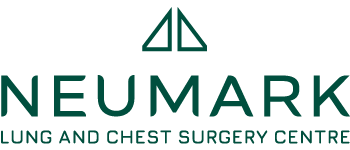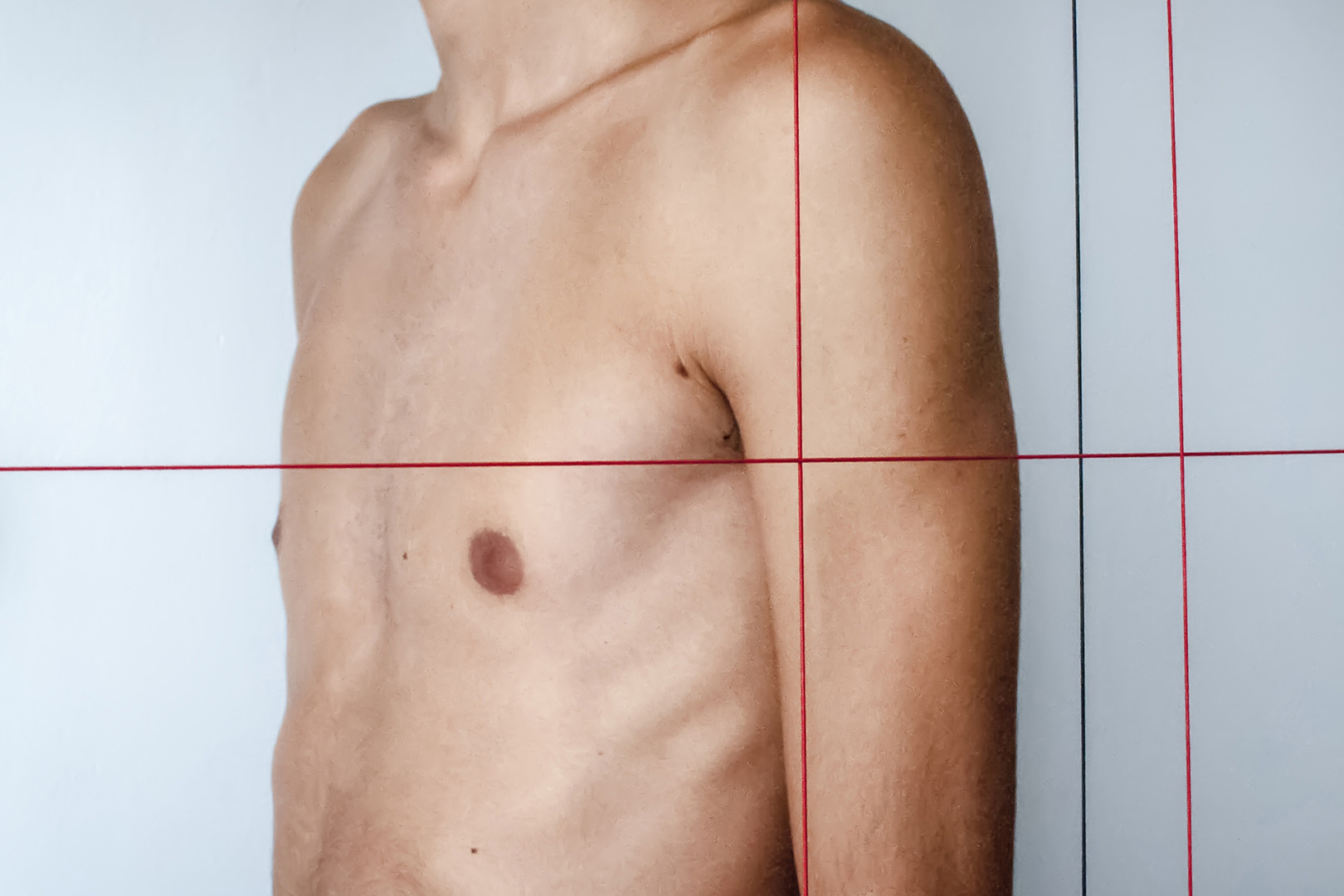What Is Pectus Excavatum?
A sunken upper chest refers to an indentation or inward curvature of the upper part of the chest. For some, this can be a mild variation. For others, it can be a sign of a congenital chest wall deformity. This is sometimes called a ‘funnel chest’ and can vary in severity. In paediatric cases, a sunken upper chest can affect the development and function of the chest and needs to be addressed early.
Some cases are purely cosmetic, and some can affect lung capacity, heart function, and even musculoskeletal alignment. Many people with a sunken upper chest experience postural issues, fatigue, shortness of breath, and even psychological distress due to body image concerns.
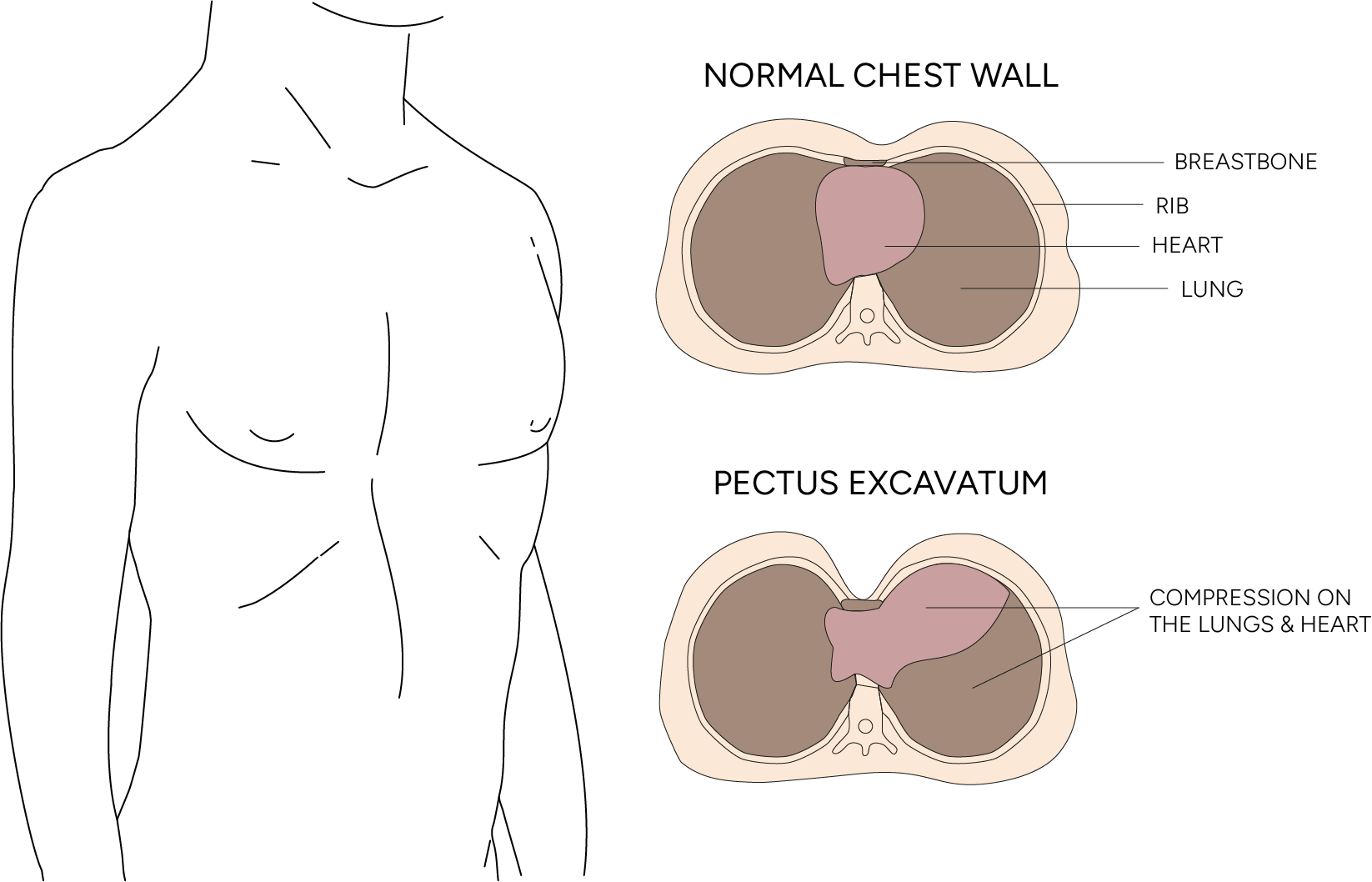
Causes of a Sunken Upper Chest
The causes of a sunken upper chest can be genetic, developmental, or related to underlying medical conditions. One of the most common causes is pectus excavatum, a congenital deformity where the sternum grows inward, changing the shape of the chest.
Genetic factors also play a role, as a family history of chest wall deformities can increase the likelihood of having a sunken chest. Additionally, connective tissue disorders such as Marfan Syndrome and Ehlers-Danlos Syndrome can weaken the connective tissues and affect chest development. Skeletal diseases that affect bone growth and development can also contribute to a sunken upper chest.
In some cases, poor posture and muscular imbalances can cause a sunken appearance, especially when you slouch for a long time or have weak upper body muscles and the chest structure collapses. Not all sunken upper chest cases require medical intervention though, but understanding the underlying cause is important to determine if treatment is required.
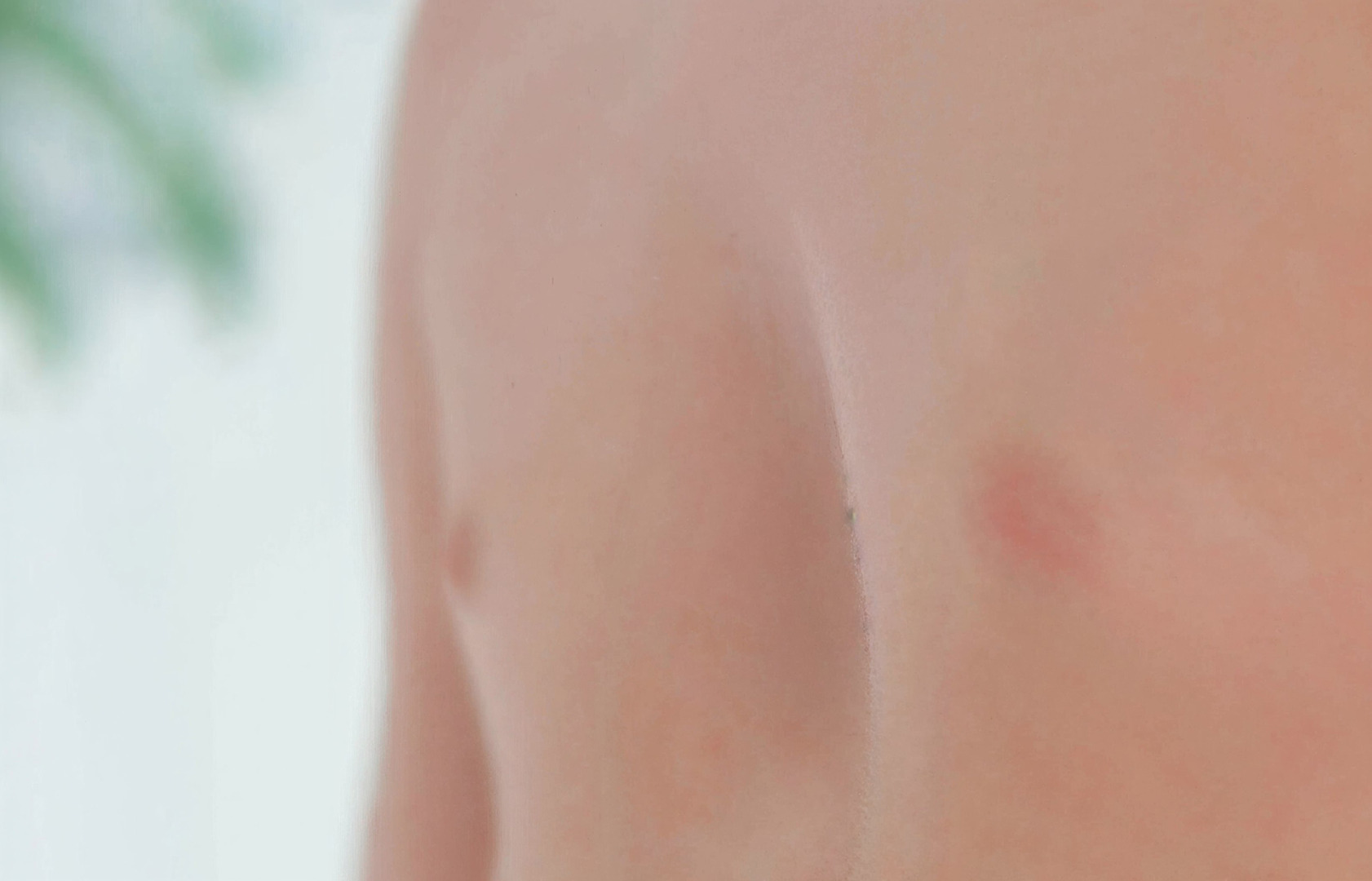
Symptoms and Health Impacts of Chest Pain
For some, it’s just a cosmetic issue, but for others, it can cause physical discomfort or medical issues. Common symptoms include:
- Shortness of Breath: The inward compression of the chest can reduce lung expansion and make physical activity difficult.
- Chest Pain and Fatigue: Some people experience pain, especially after exertion, due to the restricted rib cage movement.
- Postural Changes: A sunken chest can cause rounded shoulders, forward head posture, and spinal misalignment, leading to chronic pain.
- Heart Compression: In severe cases, the inward displacement of the sternum can press against the heart and affect circulation and overall cardiovascular function.
In some cases, neck surgery may be considered part of a comprehensive treatment plan for addressing skeletal deformities affecting the chest and neck area.
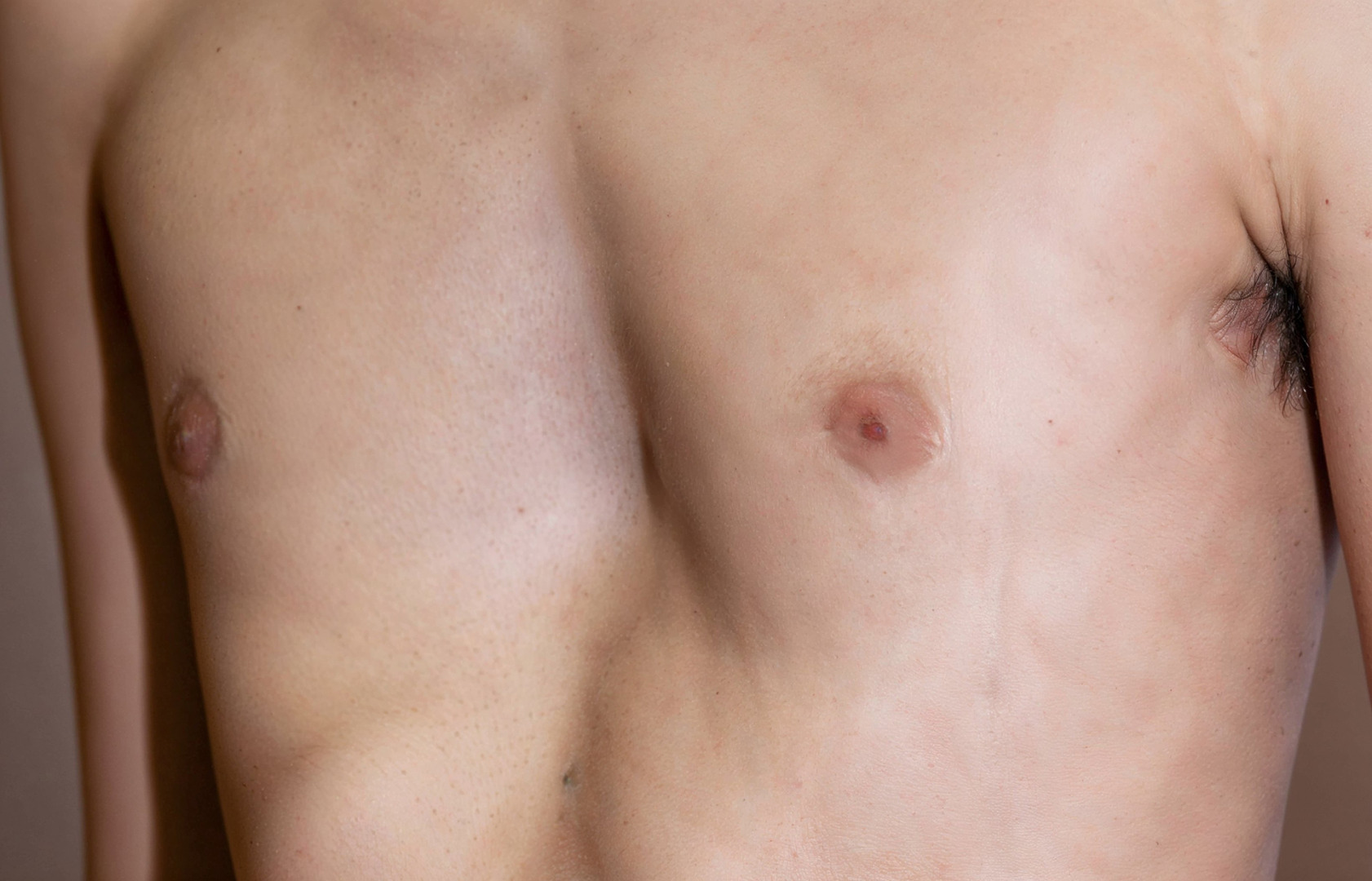
Complications of A Sunken Upper Chest
Pectus excavatum can cause several complications if left untreated. Some of the complications include:
- Respiratory Problems: The sunken chest can compress the lungs and diaphragm, causing breathing difficulties, shortness of breath and fatigue. This can make physical activities challenging and reduce overall stamina.
- Cardiac Problems: The inward displacement of the sternum can compress the heart and cause decreased cardiac output, arrhythmias and, in severe cases, heart failure.
- Psychological Problems: The visible deformity of the sunken chest can cause low self-esteem, anxiety and depression. This can affect social interactions and, as a result, the overall quality of life.
- Scoliosis: Pectus excavatum can increase the risk of developing a spine curvature. This can cause additional musculoskeletal issues and chronic pain.
- Connective Tissue Disease: Pectus excavatum is often associated with connective tissue diseases like Marfan Syndrome and Ehlers-Danlos Syndrome. These conditions can further weaken the chest structure and exacerbate symptoms.
Understanding these complications emphasises the importance of early diagnosis and treatment to prevent long-term health issues.

Diagnosing Pectus Excavatum
Diagnosing pectus excavatum involves a combination of physical examination, medical history and imaging tests. The following steps are involved in diagnosing pectus excavatum:
- Physical Examination: A doctor will examine the chest for signs of pectus excavatum. This initial assessment helps determine the presence and extent of the sunken chest deformity.
- Medical History: The doctor will ask about the patient’s medical history, including previous surgeries, medical conditions, and family history of chest wall deformities. This helps identify potential genetic factors and associated conditions.
- Imaging Tests: Imaging tests such as X-rays, CT scans, or MRI scans may be ordered to confirm the diagnosis and assess the severity of the condition. These tests provide detailed images of the chest structure and help plan treatment.
- Pulmonary Function Tests: Pulmonary function tests may be done to evaluate lung function and see if the condition affects breathing. These tests measure how well the lungs are working and help assess the impact of the sunken chest on respiratory health.
A thorough diagnosis is necessary to develop a treatment plan tailored to the individual.

Treatment Options for A Sunken Upper Chest
For mild cases, physical therapy and posture correction can help improve the appearance and function of the chest. Exercises that strengthen the pectorals, back muscles and core muscles can help improve posture and reduce the sunken appearance. Bracing techniques are used in younger patients whose chests are still developing.
The Nuss procedure is the leading minimally invasive surgical treatment for moderate to severe cases of sunken upper chest. It involves placing a curved metal bar under the sternum to gradually push the chest outward. Over time, the ribcage adapts to this new position, and the chest structure is restored to normal. Performed through small incisions, the Nuss procedure reduces scarring and shortens recovery time compared to open surgery.
One of the main benefits of the Nuss procedure is that it is minimally invasive and requires only a few small incisions, leading to faster healing and less post-operative discomfort. It has a high success rate and offers long-term correction of the chest structure.
Many patients experience improved breathing capacity as the expanded chest allows better lung function when compression is an issue. It also helps improve posture and self-confidence. Many also report a significant boost in comfort and body image after treatment.
Not everyone with a sunken upper chest needs surgery. A consultation with a specialist at Neumark Lung & Chest Surgery Centre will help determine the best course of action based on the severity, symptoms and individual goals.
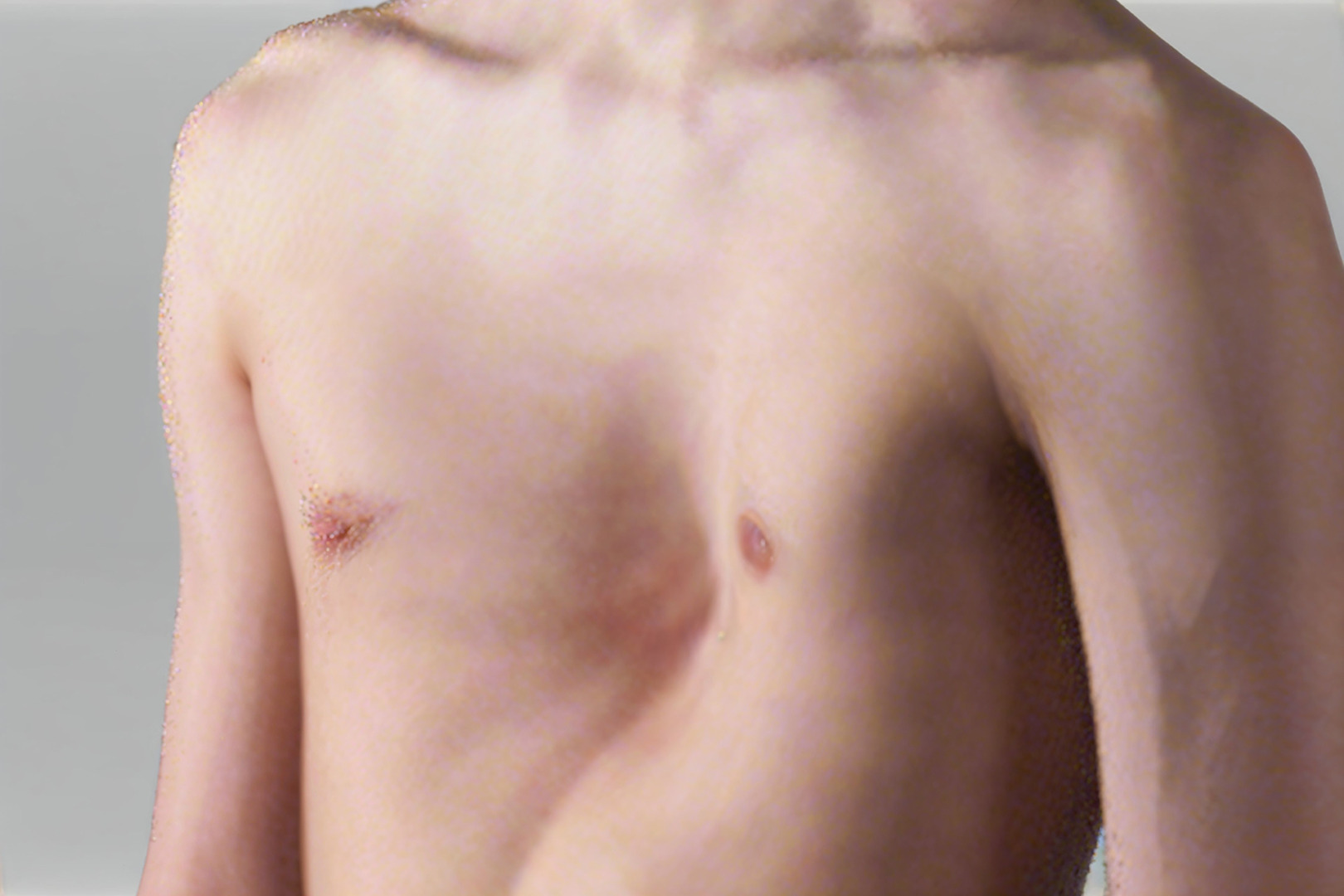
Expert Care at Neumark Lung & Chest Surgery Centre
Identifying and addressing a sunken upper chest early can prevent complications and improve overall health. See a doctor for breathing issues, discomfort, or postural imbalances. Even if you believe it to be primarily aesthetic, treatment options can improve both appearance and well-being.
At Neumark Lung & Chest Surgery Centre, we specialise in diagnosing and treating chest wall conditions, including sunken upper chest and pectus excavatum. We offer state-of-the-art Nuss treatment, personalised surgical consultations, and a multidisciplinary approach to achieve the best possible outcomes for our patients.
If you or a loved one is experiencing symptoms related to a sunken upper chest or are considering the Nuss procedure, contact Neumark today.
